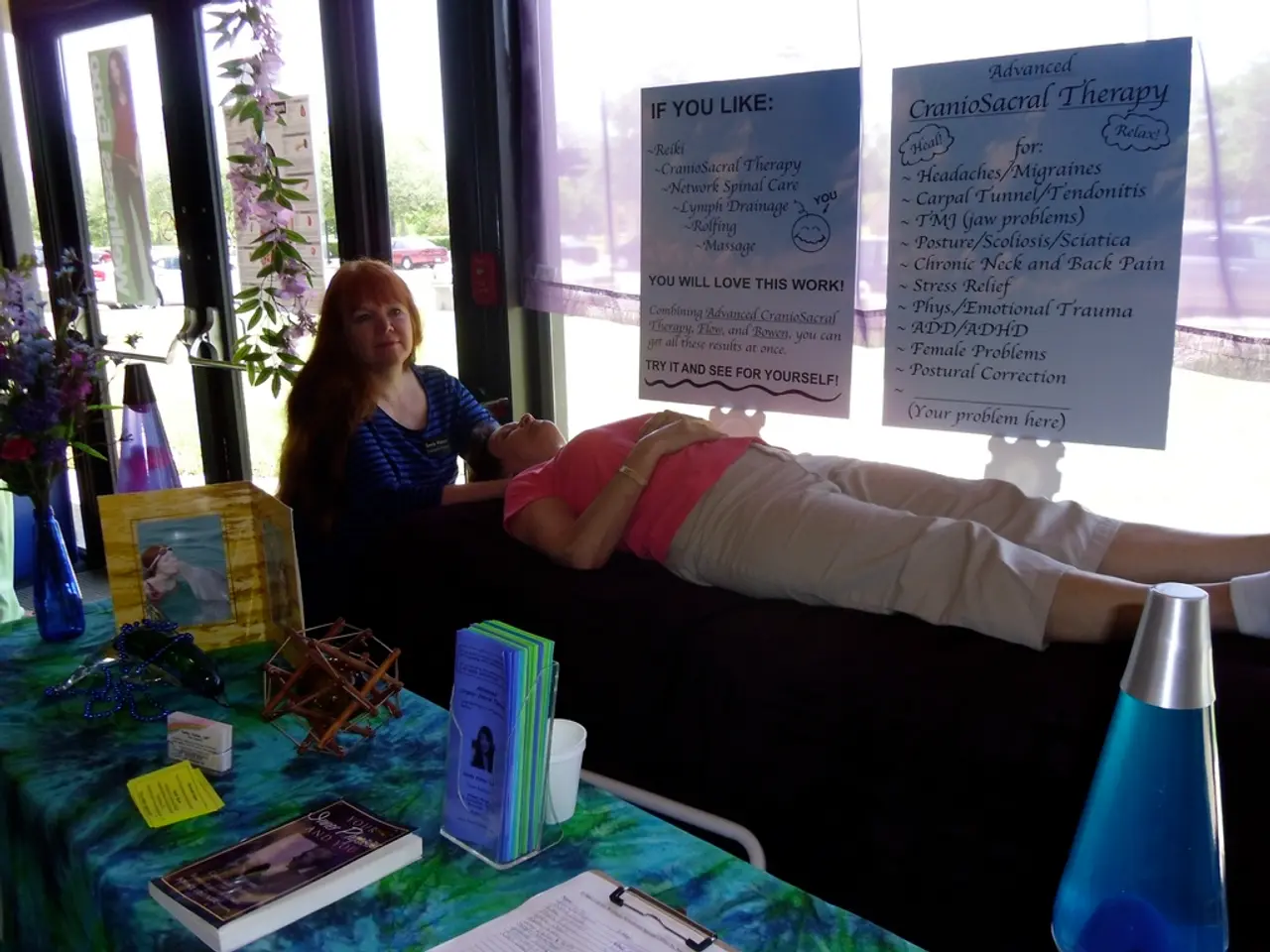Symptoms and Indications of Post-Traumatic Stress Disorder (PTSD)
Post-Traumatic Stress Disorder (PTSD) is a mental health condition that can occur after someone experiences or witnesses a life-threatening or traumatic event. The condition can significantly impact a person's life, making it difficult for them to function in relationships or fulfill their daily responsibilities.
PTSD symptoms can be classified into four categories: intrusion, arousal and reactivity, avoidance, and mood and cognition. Intrusion symptoms include nightmares, thoughts of fear, anxiety, or panic, and flashbacks. Arousal and reactivity symptoms include difficulty sleeping, irritability, unprovoked angry outbursts, and hypervigilance. Avoidance symptoms include refusing to discuss the event or feelings related to it, avoiding reminders of the event, and trying to avoid thinking about it. Mood and cognition symptoms include having trouble focusing, persistent negative beliefs about oneself or the world, and feelings of detachment and emotional numbness.
If a person experiences a flashback or intrusive thoughts when something triggers their PTSD, they can try to manage their emotional response until the feelings subside by establishing a safe and calm environment, practicing deep breathing, reaching out to loved ones for support, and referring to their self-care plan if they have developed one with their care team.
To meet the criteria for a PTSD diagnosis, a person must display one or more symptoms from each of the four groups of symptoms over a month. Only a mental health or healthcare professional can give an official diagnosis of PTSD.
Common treatment options for PTSD primarily include trauma-focused psychotherapies, with Cognitive Behavioral Therapy (CBT) being the first-line approach. Specific therapies are designed to help individuals process trauma and reduce symptoms by addressing thoughts, feelings, and behaviors related to the traumatic event.
Key treatment options are:
- Cognitive Behavioral Therapy (CBT): CBT helps patients understand and change negative thought patterns and behaviors linked to trauma. Techniques include cognitive restructuring, exposure therapy, stress inoculation training, and acceptance approaches. It is strongly recommended by psychological associations for PTSD treatment.
- Prolonged Exposure Therapy (PE): This therapy involves gradually confronting trauma-related memories, feelings, and places that patients avoid. By facing these fears in a controlled setting, it reduces avoidance behaviors and anxiety related to the trauma.
- Cognitive Processing Therapy (CPT): CPT teaches individuals to challenge and modify unhelpful beliefs about the trauma, helping them see the event in a new light and relieve distress.
- Eye Movement Desensitization and Reprocessing (EMDR): EMDR combines trauma processing with guided eye movements to help reduce the emotional impact of traumatic memories.
- Narrative Exposure Therapy (NET): NET encourages patients to reconstruct and retell their trauma story in a structured way to facilitate healing.
- Trauma-Focused Cognitive Behavioral Therapy (TF-CBT): Especially used for children and teens, TF-CBT helps correct false beliefs and develop healthy coping strategies, often involving family participation.
- Medication-Assisted Treatment: Some patients benefit from antidepressants or other medications alongside therapy to manage symptoms, although psychotherapy remains the primary treatment approach. The most common medications to treat PTSD are certain types of selective serotonin reuptake inhibitors (SSRIs) and serotonin-norepinephrine reuptake inhibitors (SNRIs). Examples of SSRIs and SNRIs used to treat PTSD include fluoxetine (Prozac), paroxetine (Paxil), sertraline (Zoloft), and venlafaxine (Effexor).
In all, trauma-focused therapies that safely expose patients to trauma-related thoughts and memories while teaching coping skills are preferred for effective PTSD treatment. Many rehab centers and therapeutic programs offer these evidence-based treatments within supportive environments to enhance recovery.
Anyone who thinks they may have PTSD should speak to a mental health or healthcare professional to receive a proper diagnosis and treatment. A self-screening assessment for PTSD can be taken online. According to the DSM-5, to receive a diagnosis of PTSD, a person must have experienced a traumatic event, and must have symptoms that last for more than a month.
Engaging in evidence-based mental health treatments, such as Cognitive Behavioral Therapy (CBT), Prolonged Exposure Therapy (PE), Cognitive Processing Therapy (CPT), Eye Movement Desensitization and Reprocessing (EMDR), Narrative Exposure Therapy (NET), Trauma-Focused Cognitive Behavioral Therapy (TF-CBT), and Medication-Assisted Treatment, can significantly improve symptoms of PTSD and aid in recovery, as these therapies help individuals process traumatic events, modify negative thoughts, and develop healthy coping skills.
For a proper PTSD diagnosis and personalized treatment plan, it's essential to consult a mental health or healthcare professional, as only they can evaluate symptoms and provide guidance on effective treatment options. Self-screening assessments for PTSD can serve as a starting point, but an official diagnosis and tailored treatment plan can ensure optimal recovery.




